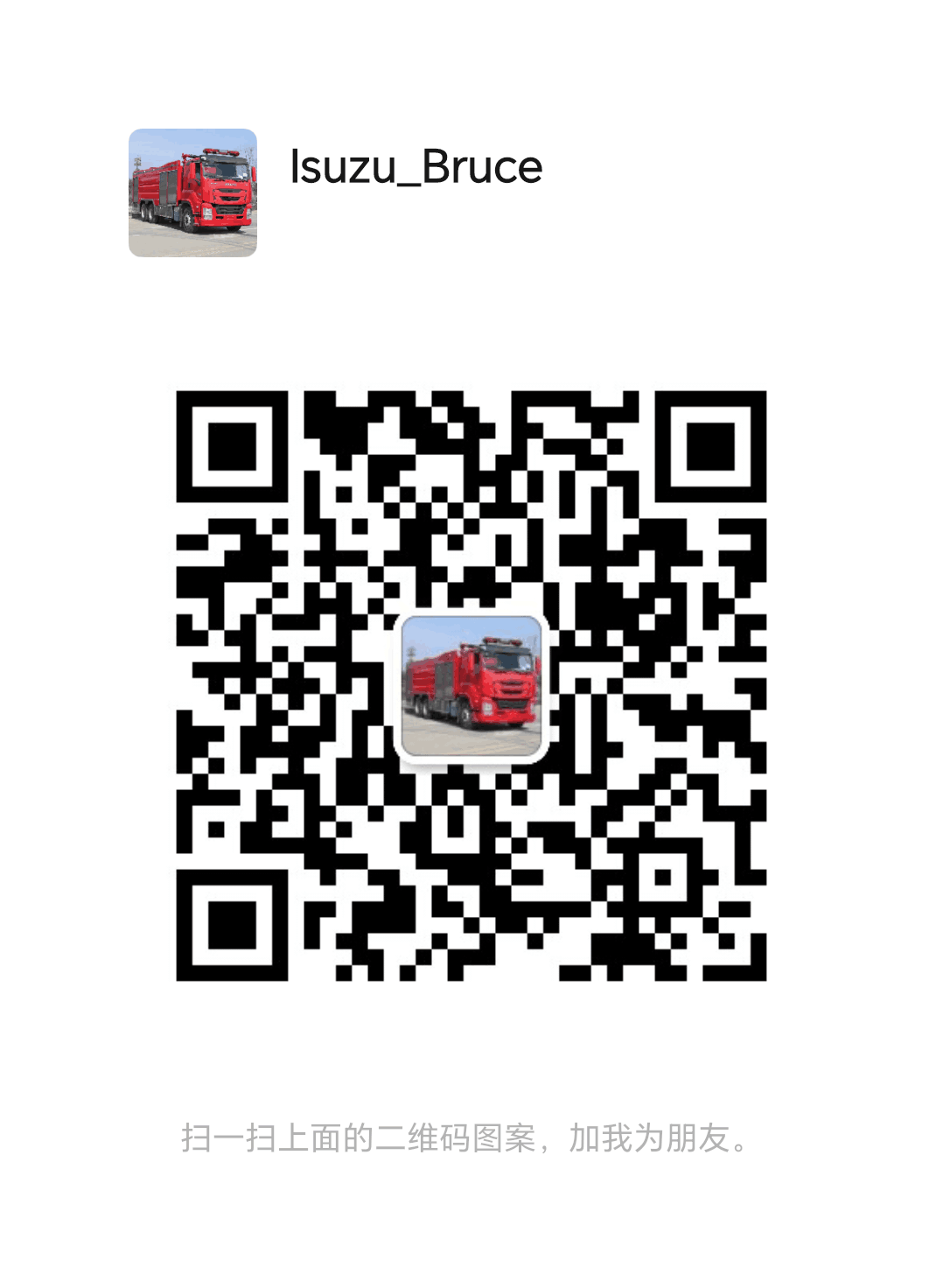Isuzu truck-mounted crane is a mechanical equipment with lifting, hoisting and other functions. It is a lifting equipment installed on the vehicle chassis and can be moved and used as needed. Truck-mounted cranes usually consist of a lower chassis, an upper rotating mechanism, a lifting mechanism and a control system. The chassis of a truck-mounted crane usually adopts a truck chassis or a special chassis, which has good maneuverability and operational stability. The upper rotating mechanism allows the truck-mounted crane to rotate 360 degrees to facilitate lifting operations in multiple directions. The lifting mechanism is the main working part of the truck-mounted crane. It can complete the operations of hoisting and grabbing objects through the hydraulic or mechanical devices of the equipment itself. The control system is used to control the operation of the entire truck-mounted crane, and the operator can perform various operations through the console. 1. Multi-section boom telescopic technology: For booms with three or more sections, there are generally two ways to telescope each section of the boom: sequential telescopic and synchronous telescopic. Sequential expansion and contraction means that during the expansion and contraction process of the boom, each section of the telescopic arm must complete the expansion and contraction actions in a certain order, while synchronous expansion and contraction means that each section of the telescopic arm expands and contracts at the same stroke ratio at the same time. Different selections of the telescopic arm will affect the self-weight of the boom. When the lifting characteristics are the same, because the dangerous cross-section position of the telescopic alarm of the synchronous telescopic mechanism changes more, it is not easy to make a variable-section structure. The boom of the sequential telescopic mechanism can be larger than that of the synchronous telescopic mechanism. Designed to be lighter. 2. Hydraulic system: The hydraulic lifting device of Isuzu truck-mounted lifting truck usually includes outriggers, slewing, luffing and lifting mechanisms. Since the rotation, luffing and lifting of the truck-mounted hoisting device are realized by the corresponding mechanisms in the crane assembly, it is generally just a matter of type selection and general layout. The outrigger mechanism, in addition to ensuring normal lifting operations, also has a great impact on the stability of the vehicle, so the design and calculation of the outriggers is a key point. When the lifting device is working, the frame of the lifting truck will bear a large concentrated load. In order to ensure that the frame is not damaged and to improve the lifting capacity of the lifting device, the lifting device must be equipped with outriggers, which should work reliably and be easy to telescope. Each leg has at least one vertical support hydraulic cylinder. Some are driven by hydraulic pressure in the horizontal direction, ...
View More































